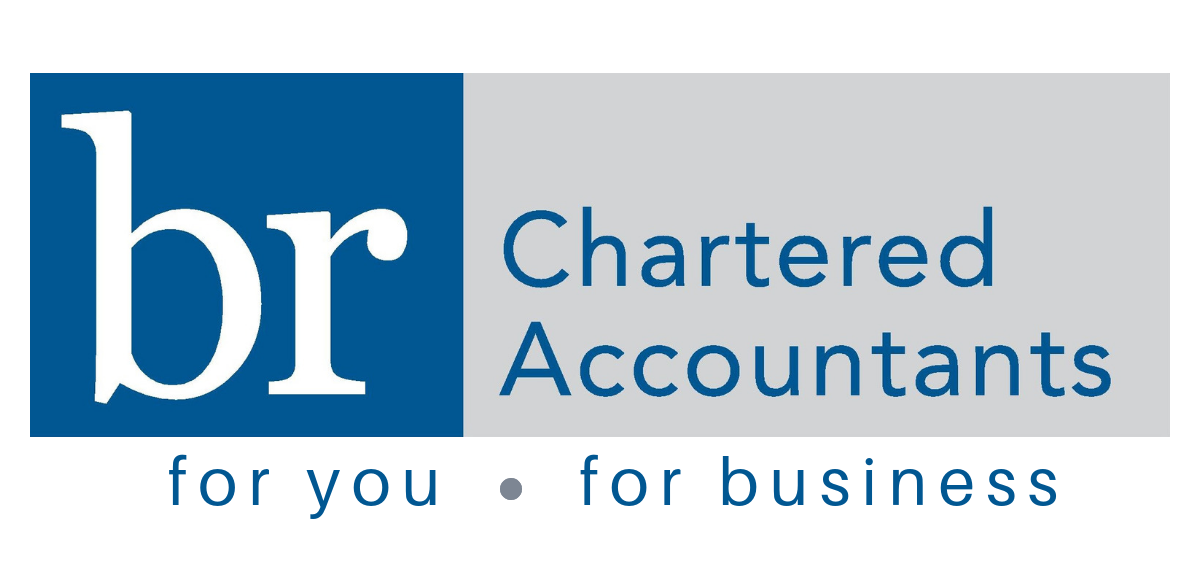In Autumn Budget in 2018, Chancellor Philip Hammond announced changes to capital allowances, including a new one called, the Structures and Buildings Allowance (SBA). Here’s what we know about these changes and what they could mean for you.
Structures and Buildings Allowance – NEW
This newly created allowance provides relief for expenditure on certain new, non-residential structures and buildings. New structures and buildings that are for commercial use are eligible for this allowance, as are the associated improvement costs for existing premises.
Therefore, eligible construction costs incurred on or after 29 October 2018 will qualify for relief at an annual rate of two percent on a straight-line basis once the property is brought into qualifying use.
New structures and buildings intended for commercial use are eligible for the SBA, alongside the costs associated with making improvements to existing premises.
The relief can be claimed by any business liable for income tax or corporation tax. This includes where businesses pay UK tax but have overseas buildings or structures.
It’s important to note that there will be a full list provided of buildings for qualifying activities including factories and warehouses; offices, hotels, care homes and retail and wholesale premises. Home offices will not be eligible and where a premise has mixed use for personal and business purposes, there will be apportioned relief.
Changes to the Annual Investment Allowance
In most cases businesses can claim a 100% Annual Investment Allowance (AIA) on the first portion of expenditure on most types of plant and machinery (excluding cars). Whilst there are provisions to avoid multiple claims, the AIA applies to businesses of any size, and most business structures.
In the Autumn Budget, it was announced that there would be a temporary increase in the AIA, from £200,000 to £1 million. This applies for plant and machinery purchased between 1 January 2019 to 31 December 2020. We anticipate that the calculation will be complex for businesses whose accounting periods straddle this period and therefore those businesses should take advice and plan purchases carefully to make the most of this.

